Full name: San Ignacio de Kadakaamán
Founding date: January 20, 1728 Mission #11
Catholic Order: Jesuit
Founded by: Padre Juan Luyando
Condition: Stone church construction from 1761 to 1767 and again from 1779 to 1786.
Closing date: Closed in 1840.
GPS: 27.283939, -112.898922
Access: Mex. #1 Km. 73 (San Ignacio entrance), south 1.6 miles (paved).
Read more: CLICK HERE
The mission of San Ignacio de Kadakaamán, was founded in 1728 by Padre Juan Bautista de Luyando, and was the eleventh Spanish mission in California. San Ignacio was the northernmost mission for the next twenty-four years and today is the northernmost Spanish mission in the state of Baja California Sur.
The site for San Ignacio was visited in 1716 by Jesuit Padre Francisco Maria Píccolo on an expedition from the mission at Mulegé. Píccolo had heard of a large settlement of Cochimí Indians and much fresh water at their home, called Kadakaamán. Once there, Píccolo found hundreds of natives awaiting conversion. Padre Píccolo named the river and location San Vicente, but that name later would be changed with the founding of the mission, twelve years later. In 1728, Padre Luyando and two soldiers first built a chapel and a house of sticks and reeds. Later those were replaced by larger rooms made of adobe and stone. Corn, wheat, olives, figs, sugarcane, pomegranate, cotton, Arabian date palms, and 500 grapevines were soon planted at San Ignacio. During 1733, Luyando’s final year at San Ignacio, his grapevines produced the mission’s first vintage.
Many expeditions were initiated from San Ignacio in search of new mission sites. The most famous was in 1746 and led by Padre Fernando Consag to the Colorado River Delta. This expedition finally put an end to the idea that California was an island. The Jesuits now had a new directive to expand north. Santa Gertrudis, the first new mission north of San Ignacio, was founded in 1752.
2019, May

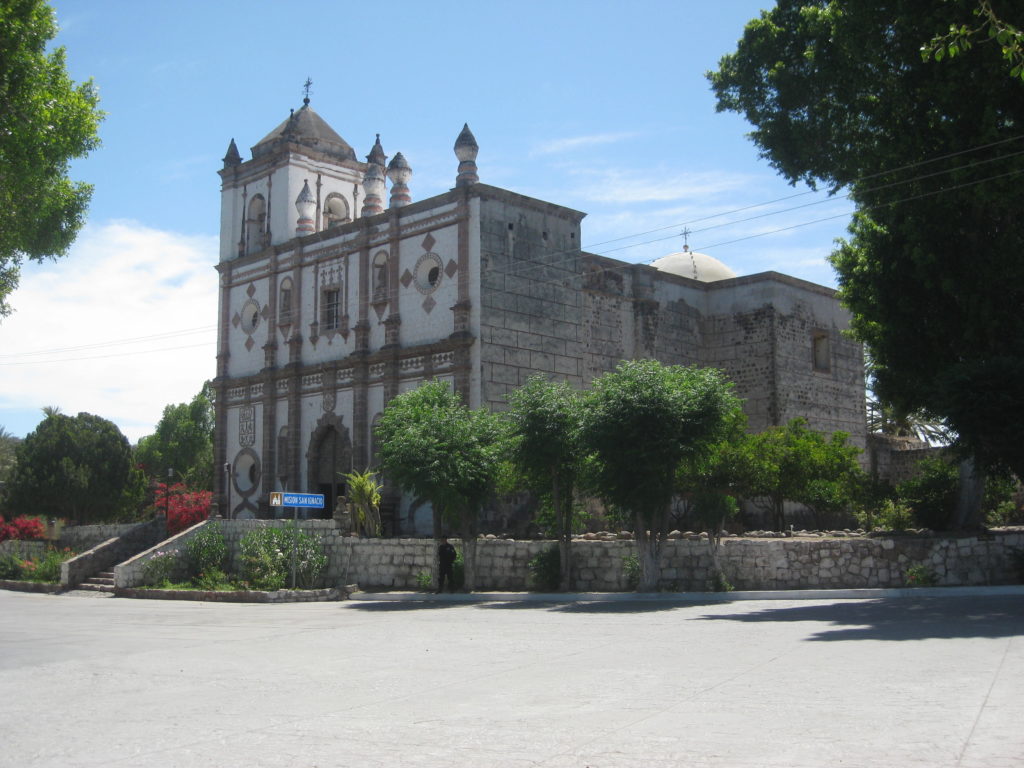
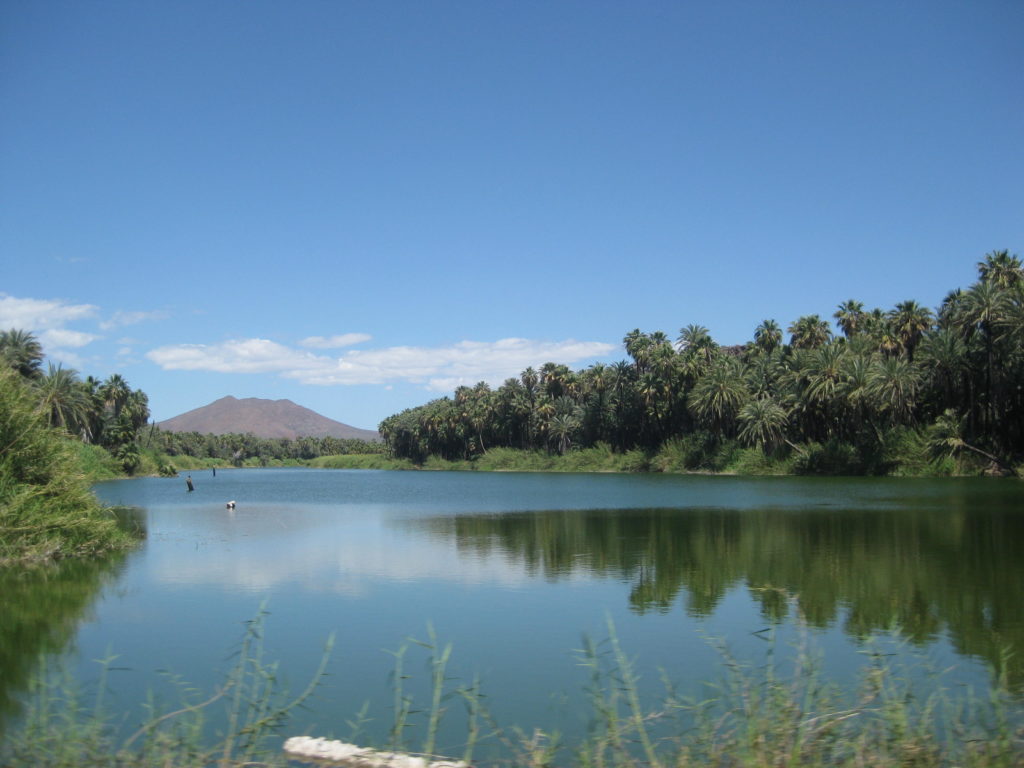
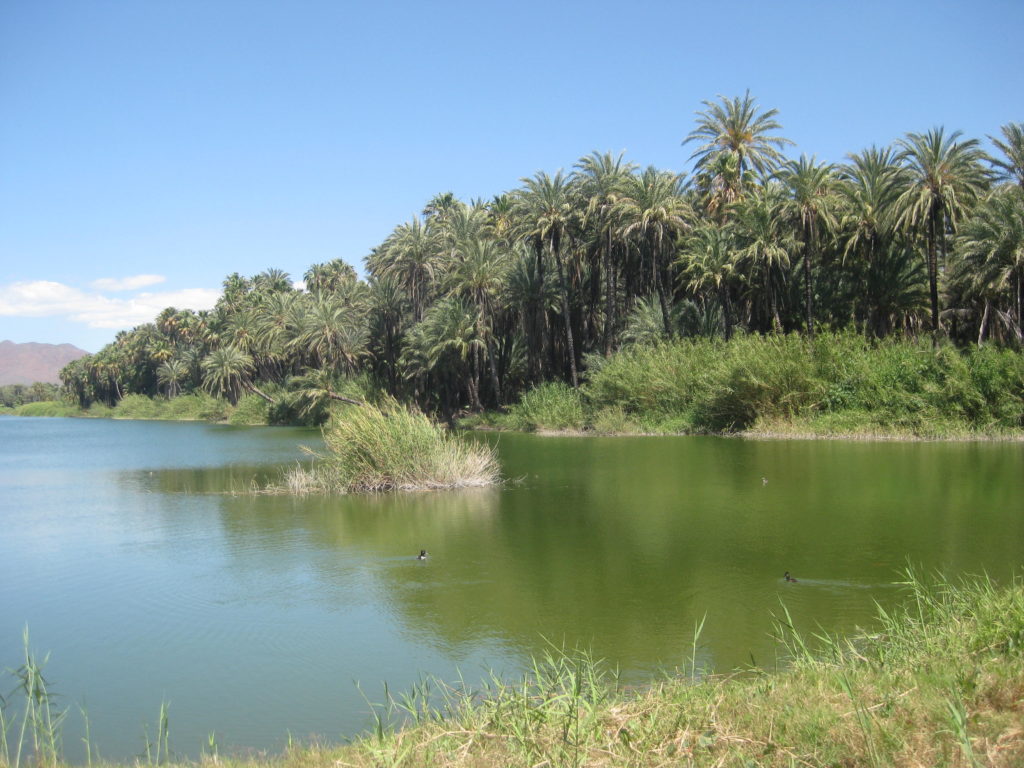
2017, August
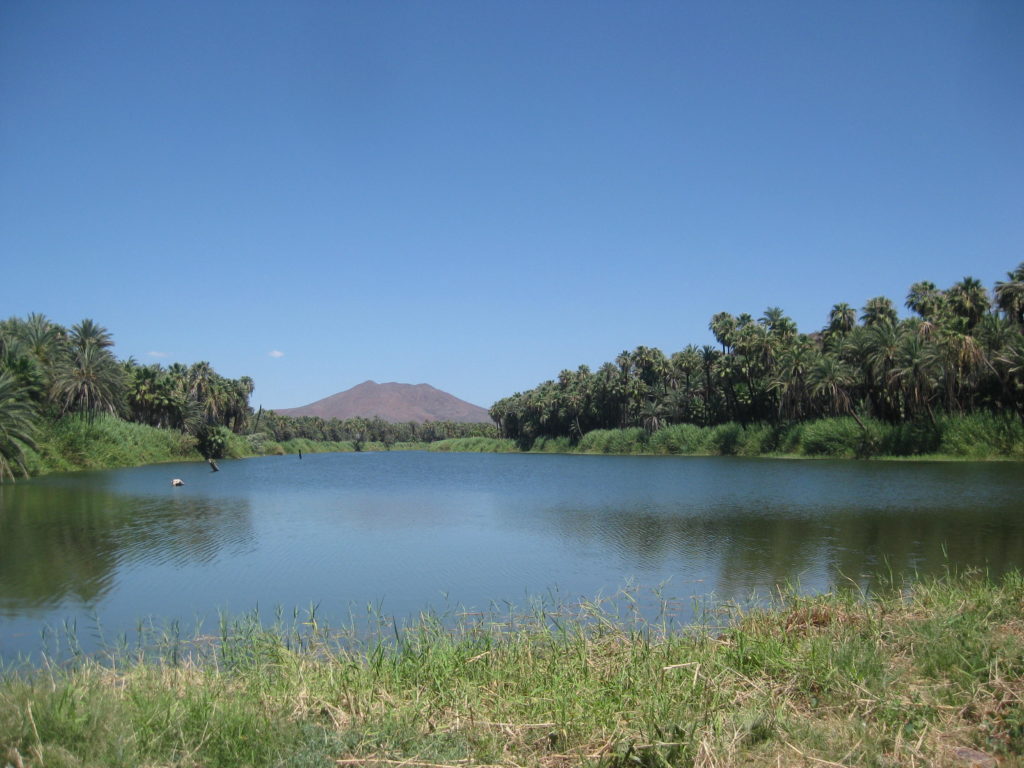
June (2017)
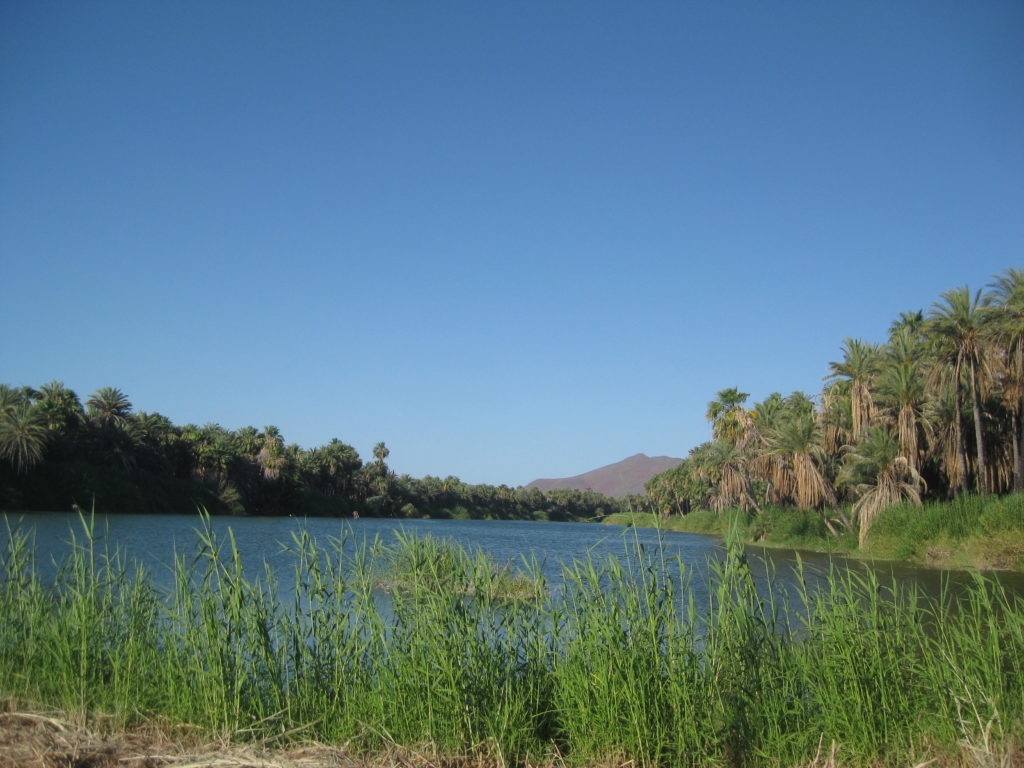
February (2017)

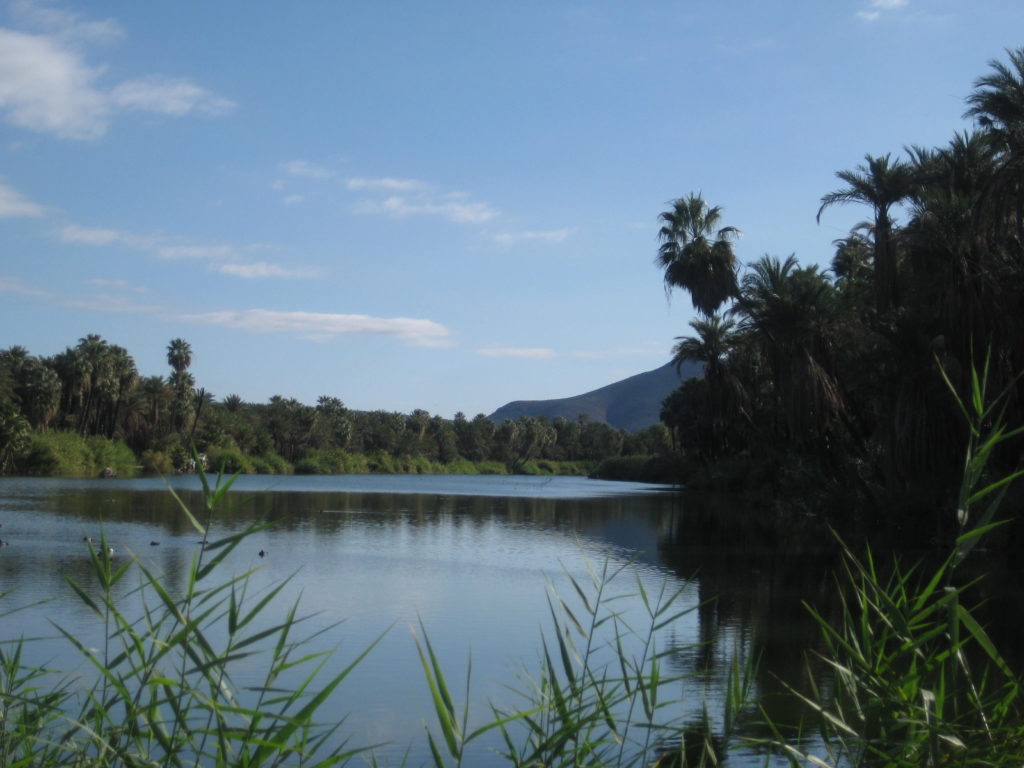
2016, September



2015, July







2009, July

2007, July

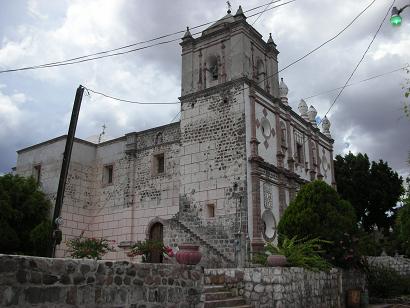

Other visits to San Ignacio were in 2012, 2001, 1985, 1976, 1974, 1973, and 1966.
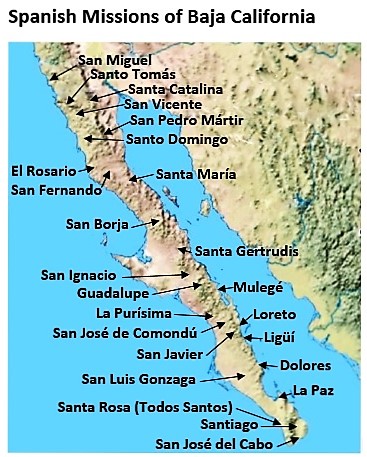
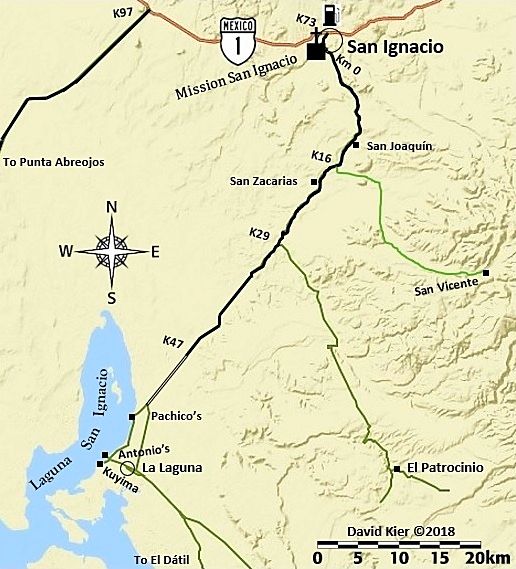
- GPS: 27.283939, -112.898922 (mission church)
- Directions: Highway 1 at Km. 73, take paved road south, over the river to the town plaza (1.6 mi.)
- Mission San Borja in photos: https://vivabaja.com/san-borja/
- Mission Santa Gertrudis in photos: https://vivabaja.com/santa-gertrudis/
- Mission San Javier in photos: https://vivabaja.com/san-javier/
- All the missions, quick look and history, north to south: https://vivabaja.com/mission-site-photos/